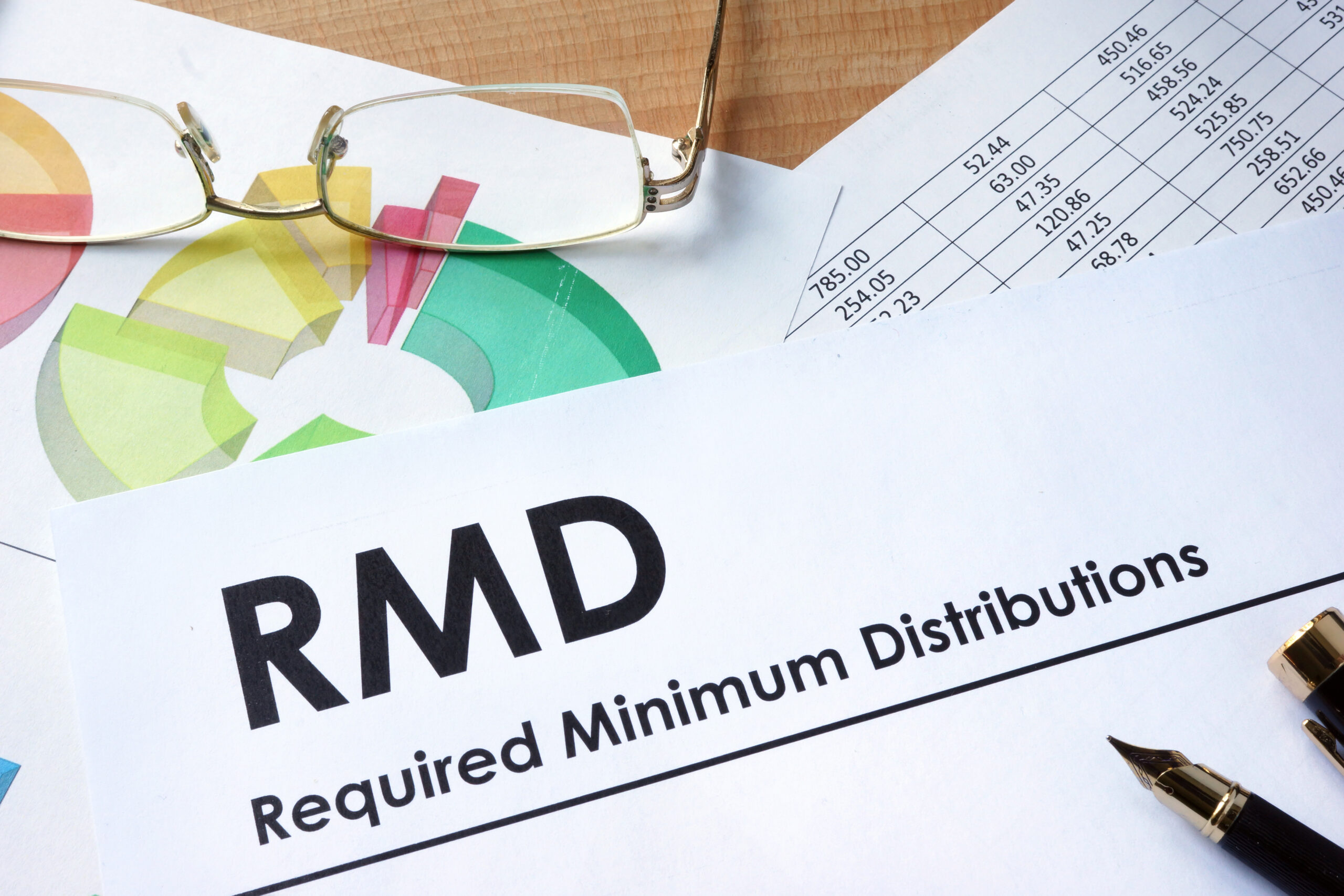There are changes to Required Minimum Distributions (RMDs) that you need to be aware of for 2022. RMD ages have changed and now the RMD tables are changing along with the new later RMD age of 72. Here are noteworthy things to know about how you may be impacted in 2022:
RMD Distributions
Under The SECURE Act, if you turned age 70 1/2 in 2019, you would’ve been required to take your first RMD by April 1, 2020. If you turned age 70 1/2 in 2020 or later, you should have taken your first RMD by April 1 of the year after you turned age 72. This rule generally applies to the age of the original owner of a traditional IRA, SIMPLE IRA, SEP IRA, a 401(k) or 403(b). Roth IRAs do not have RMDs.
rMD tables are changing in 2022
Since the RMD tables haven’t been updated since the early 2000s and people now have longer life expectancies, the tables are due for an update. Here are a few things to note about the new 2022 RMD tables:
- RMDs are now at a lesser percentage.
- Starting in 2022, RMD amounts will be smaller in order to extend the balance over a longer time period.
- A Smaller RMD means fewer taxes to pay.
- More money remaining in retirement savings accounts means more opportunities for tax-deferred accumulation through reinvesting.
- The new RMD tables help investors to manage their taxable income better.
Debt can make it difficult for you to achieve financial security and freedom. If you have credit card debt, car loan debt, student loan debt, or any other type of debt, make 2022 the year you pay it off. Numerous debt relief strategies may help you, such as the debt snowball, debt avalanche, debt consolidation, credit counseling, and debt settlement.
how will beneficiaries be impacted by the new rMD tables in 2022?
For owner deaths that occurred in 2021 and before, the initial life expectancy for the beneficiary’s appropriate age is determined from the new Single Life RMD table.
Starting in 2022, the beneficiaries of IRAs and nonqualified deferred annuities using the owner’s life expectancy to calculate the RMDs from the inherited assets must adjust the ongoing life expectancy to the new Single Life table expectancy table’s factors.
However, beneficiaries do not use the life expectancy directly from the new table. Instead, they must determine what their life expectancy from the new Single Life table would have been in their first distribution year and then subtract one for each succeeding year to obtain their 2022 life expectancy factor.
what else should you know about 2021 rMDs and the new 2022 RMD tables?
Investors over age 72 can’t use the new RMD tables until 2022 which means that you will need to use the current RMD tables to calculate your 2021 RMD. The confusing result of the new laws and IRS changes is that there are now different RMD rules and tables for 2021 and 2022.
If you are over age 72 now is a great time to meet with your financial professional to ensure you’ve scheduled your RMD for 2021, and plan for 2022’s RMD based on your life expectancy and the new 2022 tables.
Contact us today
Feeling overwhelmed? Don’t be! Contact us today. We will walk you through every step of the way!




